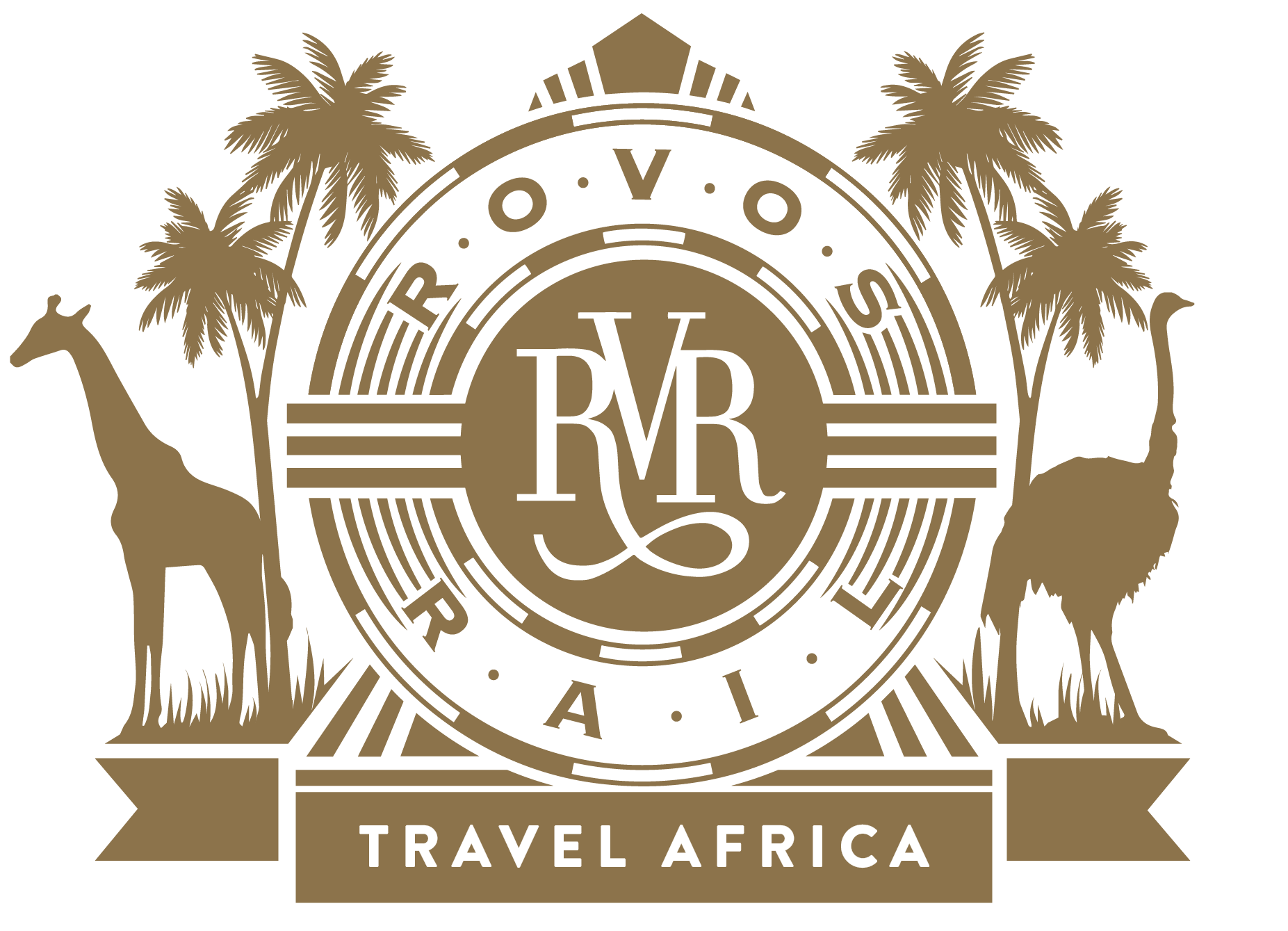In 1659, Van Riebeeck was tasked to manage the station and planting vineyards to produce wine and grapes that could ward off scurvy for sailors. In 1685, Cape Governor Simon van der Stel purchased a 750ha estate that would later become the world-renowned Groot Constantia. Other major figures were a group of French Huguenots who, fleeing persecution, arrived in 1688. They settled in Franschhoek and turned it into a region with some of the best wineries.
Within 100 years, South African wines were among the most prized in the world. Thomas Jefferson served them at Monticello, Napoleon drank them on St Helena and, when King Louis XVI died, his cellar was found to hold far more of the legendary sweet Constantia wine from South Africa than it did fine Bordeaux. However, in the 1850s the industry went into serious decline. Firstly, the British Chancellor of the Exchequer revoked the preferential tariffs granted to Cape wines entering Britain, thus placing them at a disadvantage to the French and Portuguese. Secondly, an invisible microbe (phylloxera) quietly started attacking the vines’ deep roots until one day they simply keeled over. Only the arrival of New World cultivars from California in the 1890s rescued the industry. This led to increased supply and finally a glut during World War I, resulting in the formation of KWV – sole exporter of South African wine until mid 1990.
For much of the 20th century the South African wine industry received very little attention worldwide. It wasn’t until the late 1980s when the world’s export market opened up that it experienced a renaissance. With a steep learning curve, producers quickly adopted new viticulture and winemaking technologies while the reorganisation of the powerful KWV into a private business further sparked innovation and improvement. Vineyard owners had previously relied on KWV’s price-fixing structure that bought their excess grapes for distillation; now they had to shift their focus to quality wine production in order to compete. In 1990, less than 30% of all grapes harvested were used for wine aimed at the consumers, with the remainder being discarded, distilled into brandy or sold as table grapes and juice. By 2003, these proportions had reversed with more than 70% of the grapes harvested reaching the consumer market as wine.
Another important figure in history was William Charles Winshaw. Born in 1871 in Kentucky, he ran away from home at age 11, prospected for gold and eventually settled in New Orleans where he paid his way through medical school by gambling. He returned to New Mexico to begin his medical practice and met Lieutenant McGuiness who’d come to buy mules for the British army. Soon after, in 1899, Winshaw was aboard the Larinaga using his skills to care for some 4 000 mules being shipped to British forces in Cape Town. Once rid of his four-legged charges, Winshaw fought in the Boer War. After that he stayed behind and rented a farm near Stellenbosch where he began making wine – on the kitchen stove. His true career had begun.
Winshaw was soon making wine commercially. He imported Concord grapes from America and in 1909 opened the Stellenbosch Grape Juice Works where he made juice and wine. The business grew over the next decade and by the end of World War I Winshaw was a major figure in the industry. But two years later he was bankrupt. The market collapsed in the post-war depression and his interests were declared insolvent in 1921. He returned to America discouraged, but by 1924 at the age of 53 he was back making wine with Gideon Krige, a wine-and-spirits merchant and the owner of a Stellenbosch distillery. He bought out Krige, and with sons Bill and Jack set up the Stellenbosch Farmers’ Winery. Through expansion and acquisitions it would become the top wine wholesaler, marketing about two-thirds of all wine consumed in the country.
In 1935, they took the company public and in 1960 sold their controlling interest to South African Breweries, but continued to run SFW. In 1966 they acquired Nederburg Estate in Paarl, over 200 years old. Bill remained at the helm until 1962. SFW is today part of the Cape Wine and Distillers Group and KWV but operates separately with the Winshaws still involved. Read more >
Journeys: Cape Town, African Collage, Dar es Salaam
